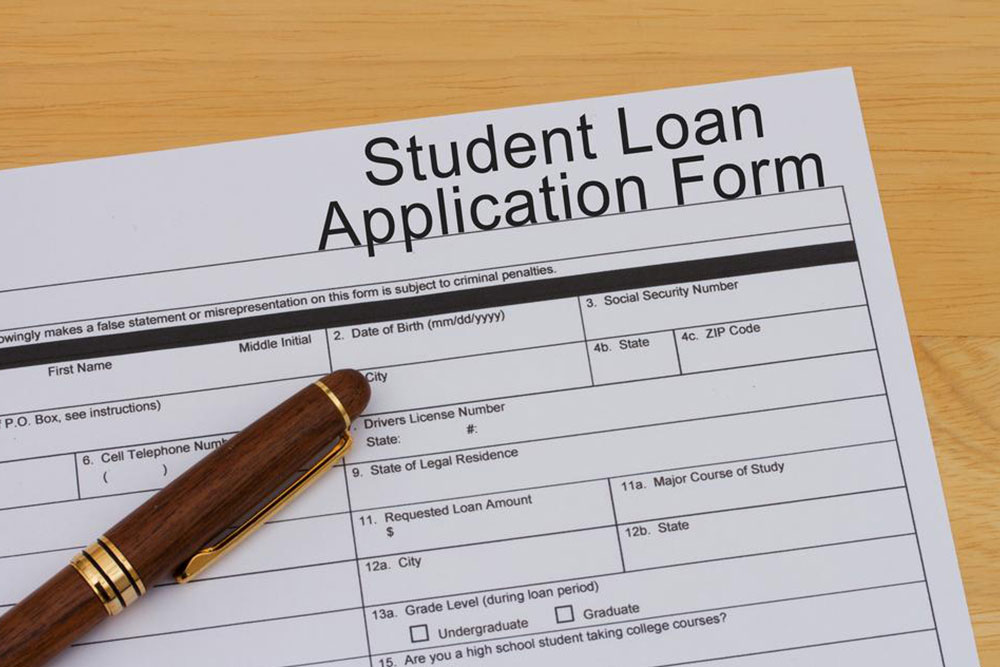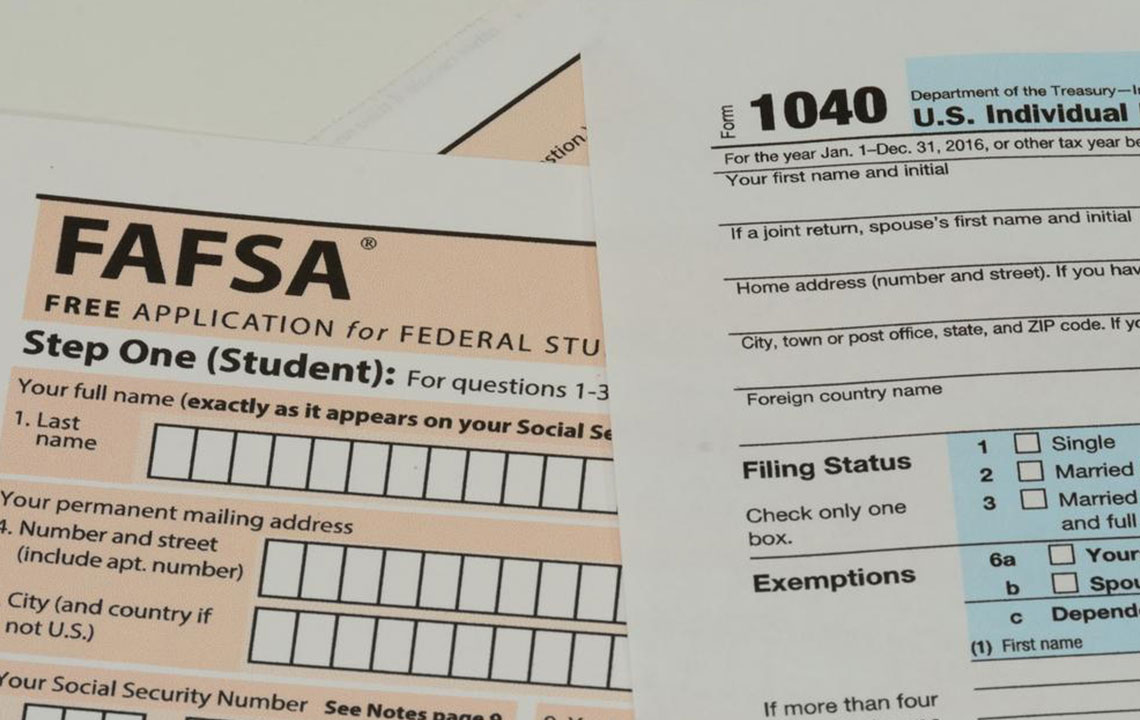A Comprehensive Guide to Federal Stafford Loans for Higher Education Funding
Discover everything about Federal Stafford Loans, including how they work, their types, benefits, eligibility, and repayment options. This guide helps students understand how Stafford loans can be a sustainable way to finance higher education and make informed decisions about student debt. Learn how government-backed loans compare with private options and find out why they remain a popular choice for millions in the U.S. pursuing undergraduate and graduate degrees. Key for students seeking affordable, fixed-rate student loans to fund their academic aspirations.

Understanding Federal Stafford Loans for Higher Education
Financing higher education has become an increasingly significant challenge for many students and their families, especially as tuition costs continue to rise nationwide. For middle-class families and students seeking affordable ways to fund their college or university studies, federal student loans serve as a crucial resource. Among them, the Federal Stafford Loan remains one of the most popular and reliable options, providing millions of students with access to higher education each year. In this comprehensive guide, we delve into the details of Stafford loans, explaining what they are, how they work, and why they might be the right choice for aspiring scholars.
Understanding what Federal Stafford Loans are begins with recognizing their role in the U.S. federal student aid system. These loans are funded by the government and are designed specifically to assist undergraduate, graduate, and professional students in financing their education. They are also referred to as Direct Loans, and the term 'Stafford' has persisted historically from earlier versions of federal education loans. Stafford loans are particularly popular because of their accessible terms, fixed interest rates, and various repayment options, making them a cornerstone of student finance in the United States.
At their core, Stafford loans are distinguished by a few key features: fixed interest rates, repayment flexibility, and two primary types — subsidized and unsubsidized. Both types are available to students based on financial need and academic enrollment status, though their specific features differ. The subsidized Stafford loan offers students a generous benefit: the government pays the interest during periods of enrollment, grace periods, and deferment. This means that the loan balance does not accrue interest during these times, easing the repayment process and minimizing overall debt.
In contrast, unsubsidized Stafford loans do not include government-sponsored interest payments. Borrowers are responsible for paying all interest accrued during their studies and deferment periods. If borrowers choose not to pay interest during these times, the interest will be capitalized, or added to the principal when repayment begins. This can significantly increase the total repayment amount, so understanding the differences between subsidized and unsubsidized loans is crucial for prospective borrowers.
Each type of Stafford loan has borrowing limits tailored to the student's level of education. Undergraduates typically have separate annual and aggregate loan limits, which are updated periodically by federal regulations. Graduate students also have their set borrowing caps. These limits help prevent excessive borrowing and encourage responsible financial planning. Currently, millions of students and graduates in the U.S. rely on Stafford loans—over 32 million borrowers collectively owe approximately $722 billion, reflecting the critical role these loans play in higher education financing.
For first-time and returning borrowers, Stafford loans are designed to be simple to understand and manage. Unlike private student loans, which often involve strict credit requirements and may lack flexible repayment options, Stafford loans do not depend heavily on credit history. Eligibility is primarily based on enrollment status and financial need, determined by the school's financial aid office and verified through the Free Application for Federal Student Aid (FAFSA). Once approved, students are provided with a financial aid offer that details their loan amounts and conditions.
Borrowers typically complete several steps before receiving their funds. This process begins with entrance counseling, which educates students about their rights and responsibilities associated with federal loans. Next, they sign a Master Promissory Note (MPN), legally committing to repay the loan according to specified terms. The government then disburses the funds directly to the school's financial office, which allocates the money toward tuition, fees, and other educational expenses, including living costs where applicable.
One of the most appealing aspects of Stafford loans is their flexible repayment options. Borrowers can choose from different repayment plans, such as Standard, Graduated, Income-Based, or Income-Contingent Repayment plans. The repayment period generally ranges from 10 to 25 years, depending on the plan selected and total debt amount. Fixed interest rates also apply—currently, undergraduate Stafford loans have an interest rate of approximately 4.45%, making them a favorable choice for students seeking predictable payments. Graduate students, however, face higher interest rates around 6%, reflecting the increased borrowing typical at advanced levels of education.
It's essential for students and their families to compare federal options like Stafford loans with private student loans. While private loans might offer higher borrowing limits or alternative terms, they often come with less favorable interest rates, fewer repayment flexibility options, and credit score requirements. Federal Stafford loans' fixed interest rates and income-driven repayment plans make them a more manageable and transparent option for most borrowers.
In summary, Federal Stafford Loans are a fundamental component of higher education funding in the United States. Their accessible terms, government-backed benefits, and flexible repayment options have made them a trusted resource for millions of students pursuing bachelor’s, master’s, or doctoral degrees. By understanding their features, eligibility criteria, and repayment structures, students can make informed decisions to maximize their educational investment and reduce their long-term debt burden. Whether you are an undergraduate just beginning your college journey or a graduate student aiming to finance advanced studies, Stafford loans provide a reliable pathway to achieving your academic and career goals.





